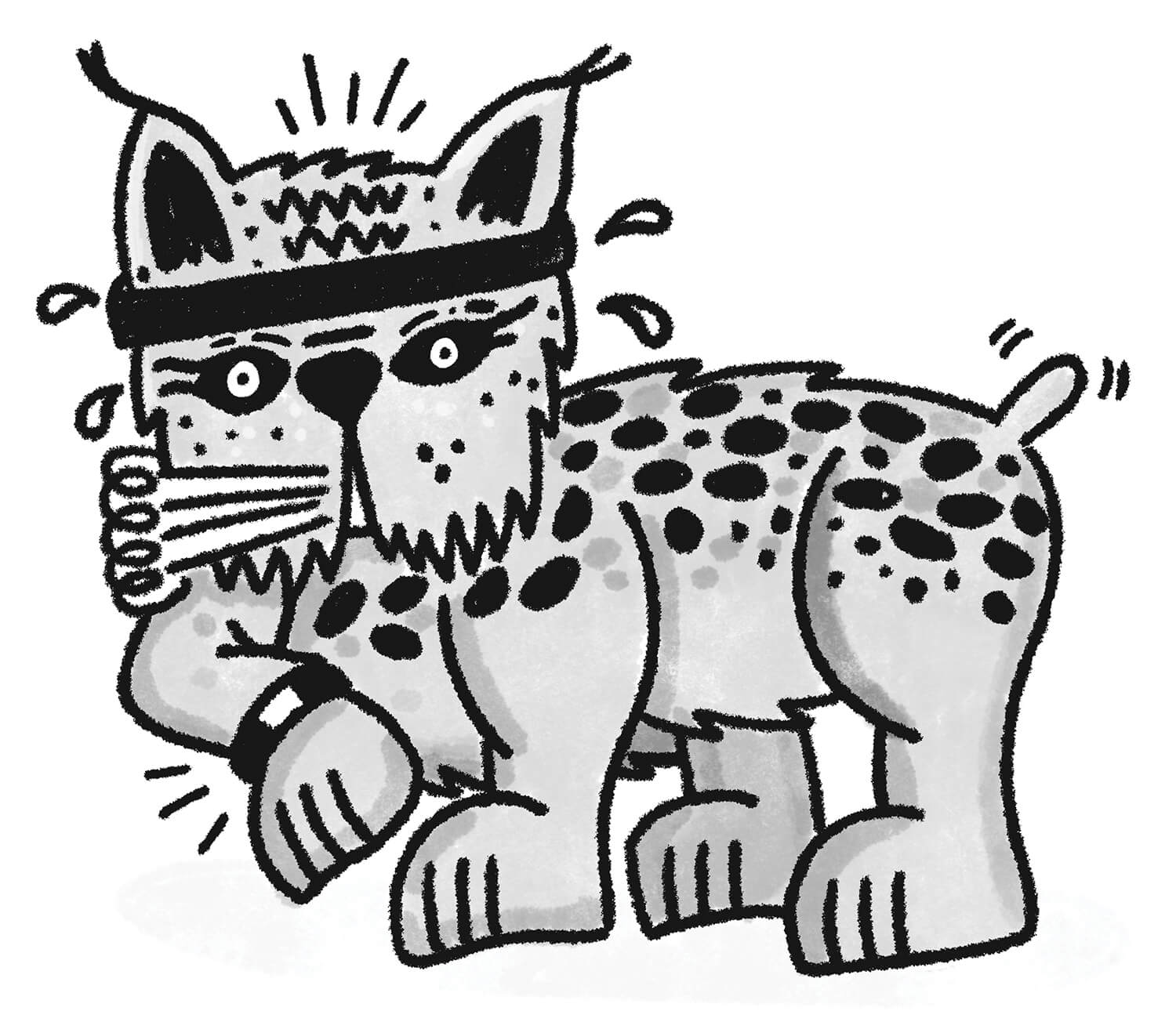Strapping Fitbits to wild lynx might seem like a fun way to get rid of unwanted Christmas presents, but, for wildlife biologist and University of Alberta postdoc Emily Studd, it’s also a reliable way to observe hunting behaviour.
Along with fellow postdocs Rachael Derbyshire and Allyson Menzies, Studd spent five winters in the southwestern Yukon tracking Canada lynx with GPS collars featuring accelerometers — the technology that undergirds fitness trackers like Fitbits — as well as miniature spy microphones. The research piloted the new approach to documenting lynx hunting behaviour as part of the long-running Kluane Canada lynx project.
Fast forward about 14,000 hours of collected audio and over 4,682 GPS points, and the picture that emerged from the study was of a feast-or-famine landscape where a successful hunt can go from a daily occurrence to a weekly rarity in no time at all. That information is vital for conservation efforts because lynx are heavily reliant on snowshoe hares as prey animals, so much so that the two species’ population cycles mirror each other with remarkable closeness.
Studd and her team also found that the accelerometer-spy microphone combo was able to monitor lynx behaviours like chases, kills, feedings and scavenging with a high degree of accuracy. This is the first time that the approach has been tested on a terrestrial carnivore, and it could potentially serve as an alternative to direct observation, which tends to be more labour-intensive and error-prone.
“[Conservationists are] really limited in how they can conserve animals by getting the information they need to understand what’s going on in the environment,” Studd says. “The hope is that with these technologies, we can show that there’s a fairly remote way that you can get a lot of information on a species to help uncover a lot of details that you probably wouldn’t be able to get in any other way.”
The study, “The Purr-fect Catch: Using accelerometers and audio recorders to document kill rates and hunting behaviour of a small prey specialist,” was published in Methods in Ecology and Evolution.
This article appears in the September 2021 issue of Edify
